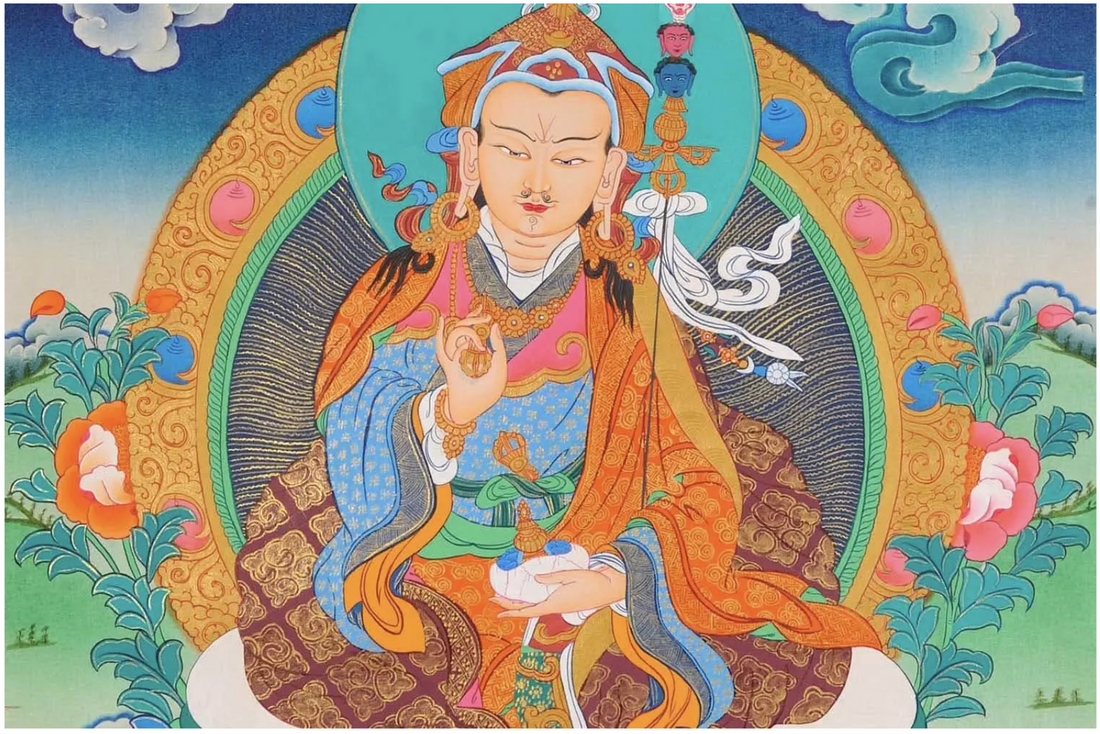
Turquoise: Tears of the Sky in the Holy Land of Snow
As the birthstone of December, Turquoise is known as the "Stone of Success." Turquoise is famous for its unique sky blue to green-blue tones. It has been loved by nobles from all over the world since ancient times. It has a history of more than 5,000 years as a jade stone for wearing and using.
Turquoise symbolizes luck, dignity, strength, power, warmth, wealth, beauty, longevity, and status and is regarded as a symbol of success and victory. In Western countries such as the United States, people regard Turquoise as a sacred object to suppress evil and believe that it is a symbol of auspiciousness and happiness.
In Tibet, Turquoise is revered as "jade (gyu)"—it is not an ordinary mineral but "the tears of the Gods dripping on the earth," condensing the blue sky of the Himalayas and the blue waves of the holy lake. Tibetans believe that every Turquoise is inhabited by a guardian spirit, and its changing blue-green color is the pulse of the breath of heaven and earth:
-
Armor of Gods and Buddhas: On the crown of the 12-year-old life-size statue of Sakyamuni in the Jokhang Temple, Turquoise, beeswax, and coral are inlaid into the "sacred tricolor," symbolizing the supreme perfection of the body, speech, and mind of the Buddha.
-
Shield of life: Herders embed Turquoise in the "Gau box" (protective Buddhist shrine) and wear it with them to resist the dangers and evil spirits of the plateau. The proverb says, "When the Turquoise cracks, the disaster will disperse"—the Turquoise that destroys itself after eliminating the disaster for the master is regarded as the most loyal guardian.
-
Totem of emotion: The bride's dowry must include the Turquoise stone ornament "Bazhu." The more Turquoise passed down from generation to generation in the family, the more it means "blessings are like the endless flow of the Yarlung Zangbo River." If the wife travels far away, the husband will take a Turquoise from her hair and keep it until they meet again so that the stone can witness the weight of the longing.
-
Cultural significance: When Turquoise is soaked in human oil and turns into dark green, Tibetans call it "living stone," which represents the resonance with the owner's life energy, and the "spider web Turquoise" with sky blue veins like the palm print of Guru Padmasambhava, also know as Guru Rinpoche, is the key for practitioners to connect to the wisdom of the universe during meditation.